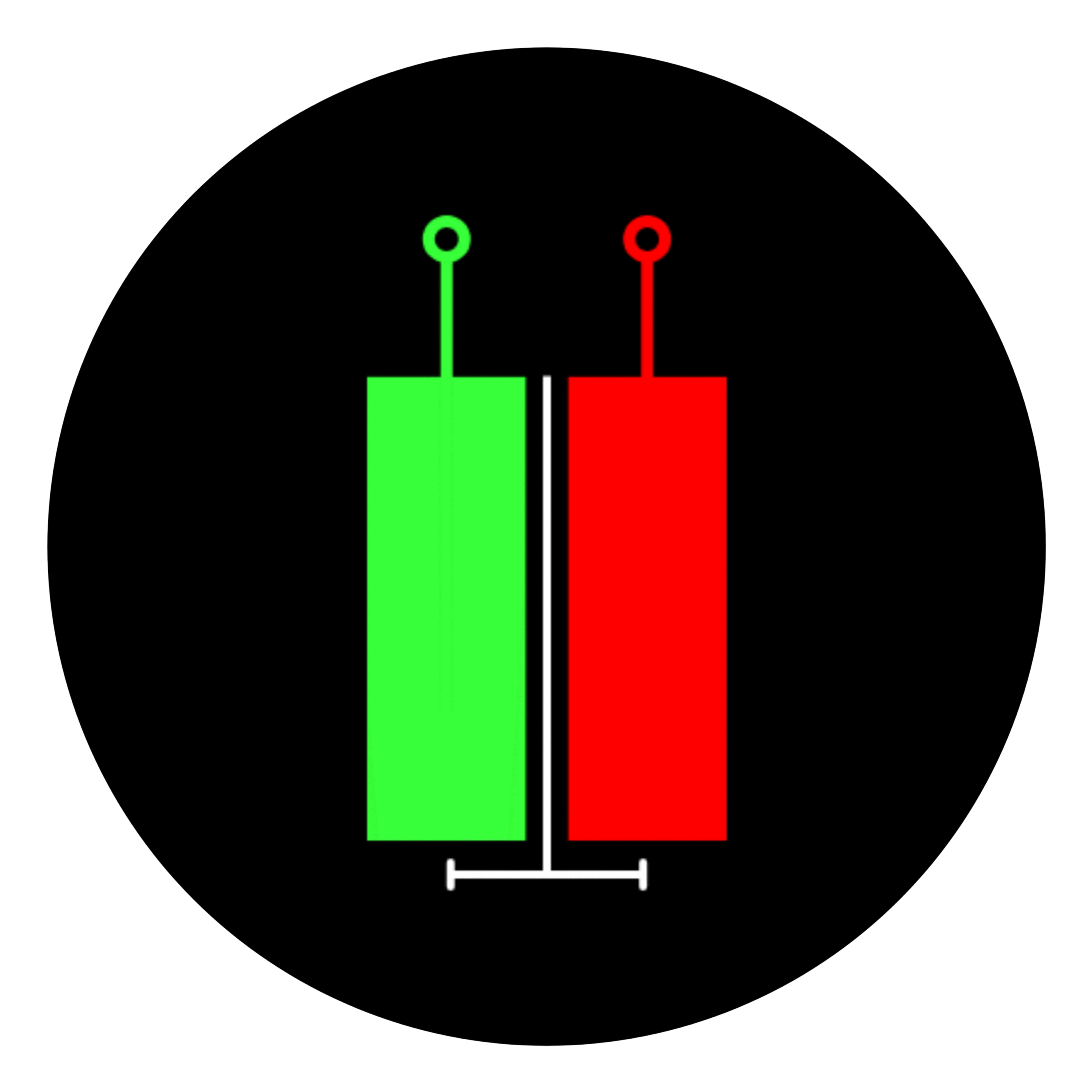When we talk about paying taxes in India, we usually hear terms like Tax, Cess, and Surcharge. These are all parts of the money we pay to the government. But what do they really mean? Let’s understand each part in a simple way.
Table of Contents
What is TAX?
Tax is the main amount that the government collects from people and companies. This money is used for the country’s development like building roads, schools, hospitals, and paying government workers.
There are two main types of taxes:
a) Direct Tax
You pay this tax directly to the government.
- Example: Income Tax
If you earn more than a certain limit in a year, you pay income tax based on how much you earn.
b) Indirect Tax
You pay this tax when you buy something.
Example: GST (Goods and Services Tax)
When you buy a product or use a service, GST is already added to the price.
2. What is “Surcharge”?
Surcharge is an extra tax charged on the base tax amount. But here’s the twist — it applies only if your income is high.
Surcharge Rates (FY 2023-24):
| Income Level | Surcharge Rate |
|---|---|
| ₹50 lakh – ₹1 crore | 10% |
| ₹1 crore – ₹2 crore | 15% |
| ₹2 crore – ₹5 crore | 25% |
| Above ₹5 crore | 37% (capped at 25% for some types of income) |
So, if your income is below ₹50 lakh, you don’t need to pay any surcharge.
3. What is “Cess”?
Cess is a small extra amount added to support specific government projects. Right now, we have a 4% Health and Education Cess.
It is charged on the total of Tax + Surcharge.
So,
👉 Cess = 4% of (Tax + Surcharge)
Putting It All Together: An Example
Let’s say Mr. Arjun earns ₹60 lakh in a year. He comes under the old regime and does not claim any deductions.
Step-by-step Calculation:
- Calculate Basic Tax using slab:
- Tax = ₹13,12,500
- Add Surcharge (10% because income is above ₹50 lakh):
- Surcharge = 10% of ₹13,12,500 = ₹1,31,250
- Add Cess (4% on tax + surcharge):
- Cess = 4% of (₹13,12,500 + ₹1,31,250) = ₹57,750
- Total Tax Payable =
👉 ₹13,12,500 (Tax)
👉 + ₹1,31,250 (Surcharge)
👉 + ₹57,750 (Cess)
👉 = ₹15,01,500
So, even though the base tax was ₹13.12 lakh, the final amount becomes ₹15.01 lakh after adding surcharge and cess.
Why Does the Government Add Surcharge and Cess?
- Surcharge is mainly for people with higher incomes. The government believes those who earn more should contribute more.
- Cess is collected for a specific reason. In this case, it’s for health and education. It helps the government fund programs for the poor and improve basic facilities in the country.
Summary Table
| Component | Applies To | Purpose |
|---|---|---|
| Tax | Everyone based on slabs | Main source of government revenue |
| Surcharge | People earning ₹50 lakh+ | Extra tax on rich individuals |
| Cess | Everyone | For health and education funding |
What is Income Tax?
Income Tax is the money we pay to the government from our earnings. This money helps the government to build roads, schools, hospitals, and much more.
In India, people are taxed based on how much money they earn in a year. This is called a slab system.
Final Thoughts
So, when you hear someone talk about taxes in India, always remember it is not just a single number. The correct structure is:
Tax + Cess + Surcharge
Understanding this structure helps you know where your money goes and why you are paying a bit more than just the slab rate. It also helps you plan your income, savings, and tax-saving investments better.

